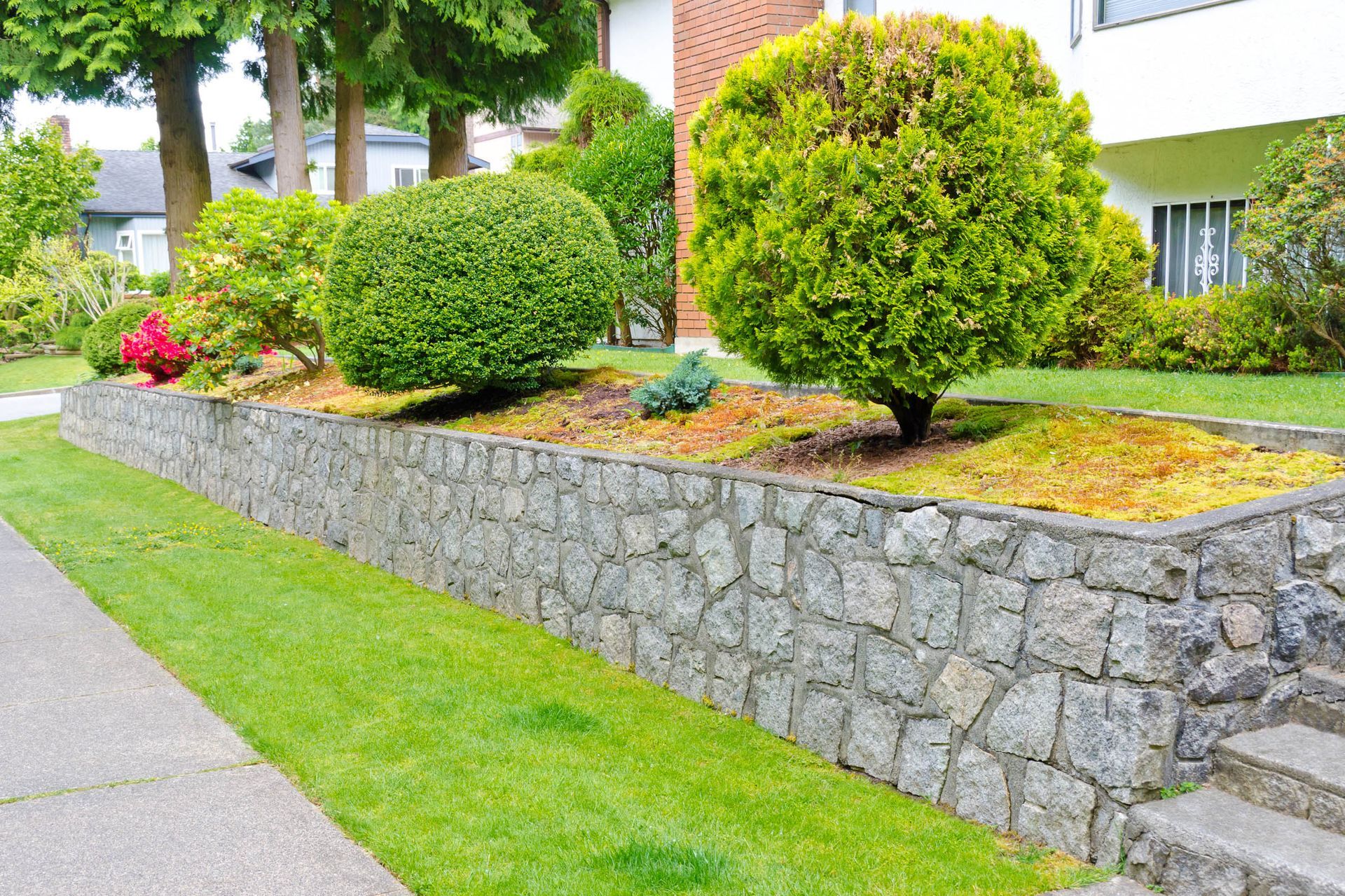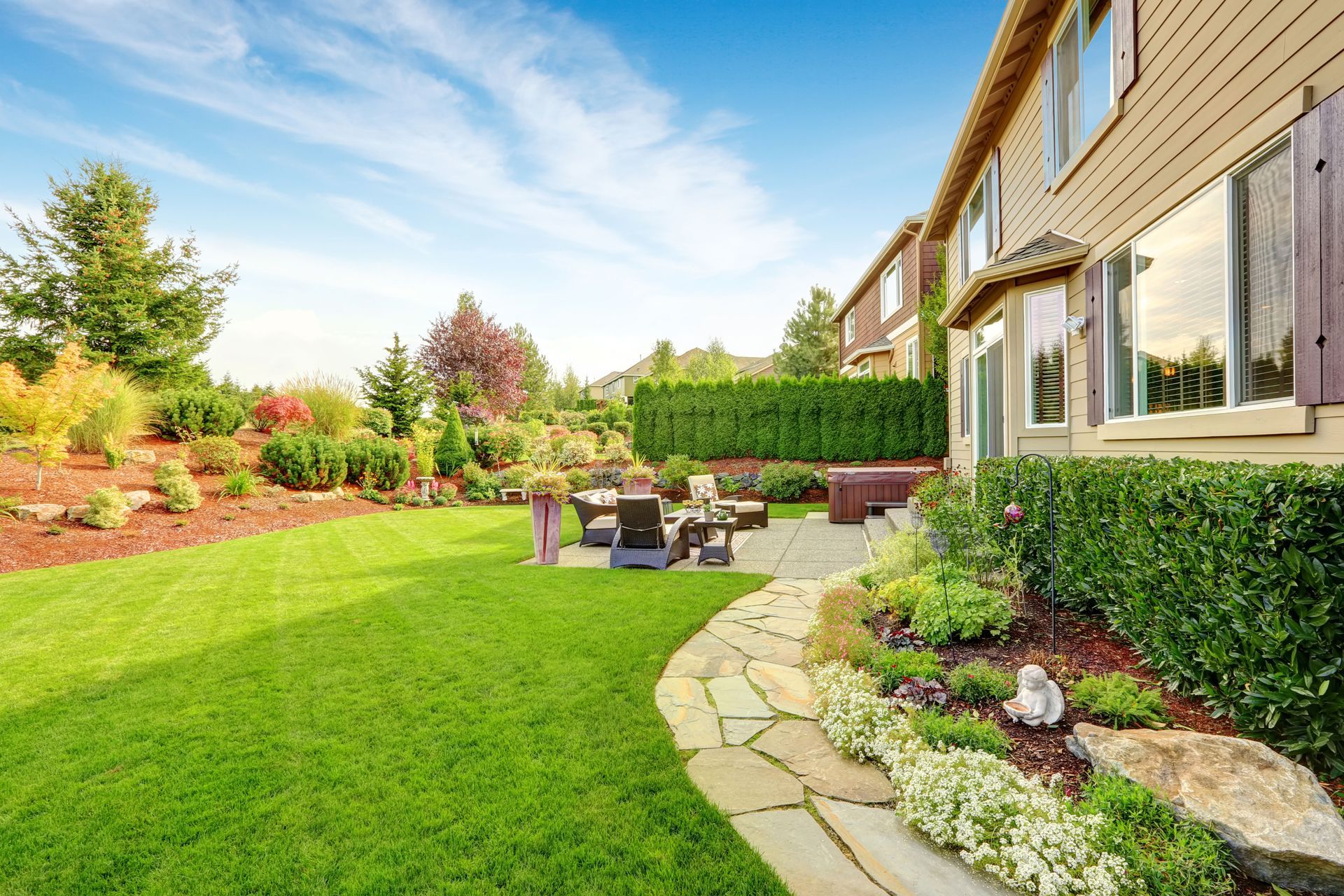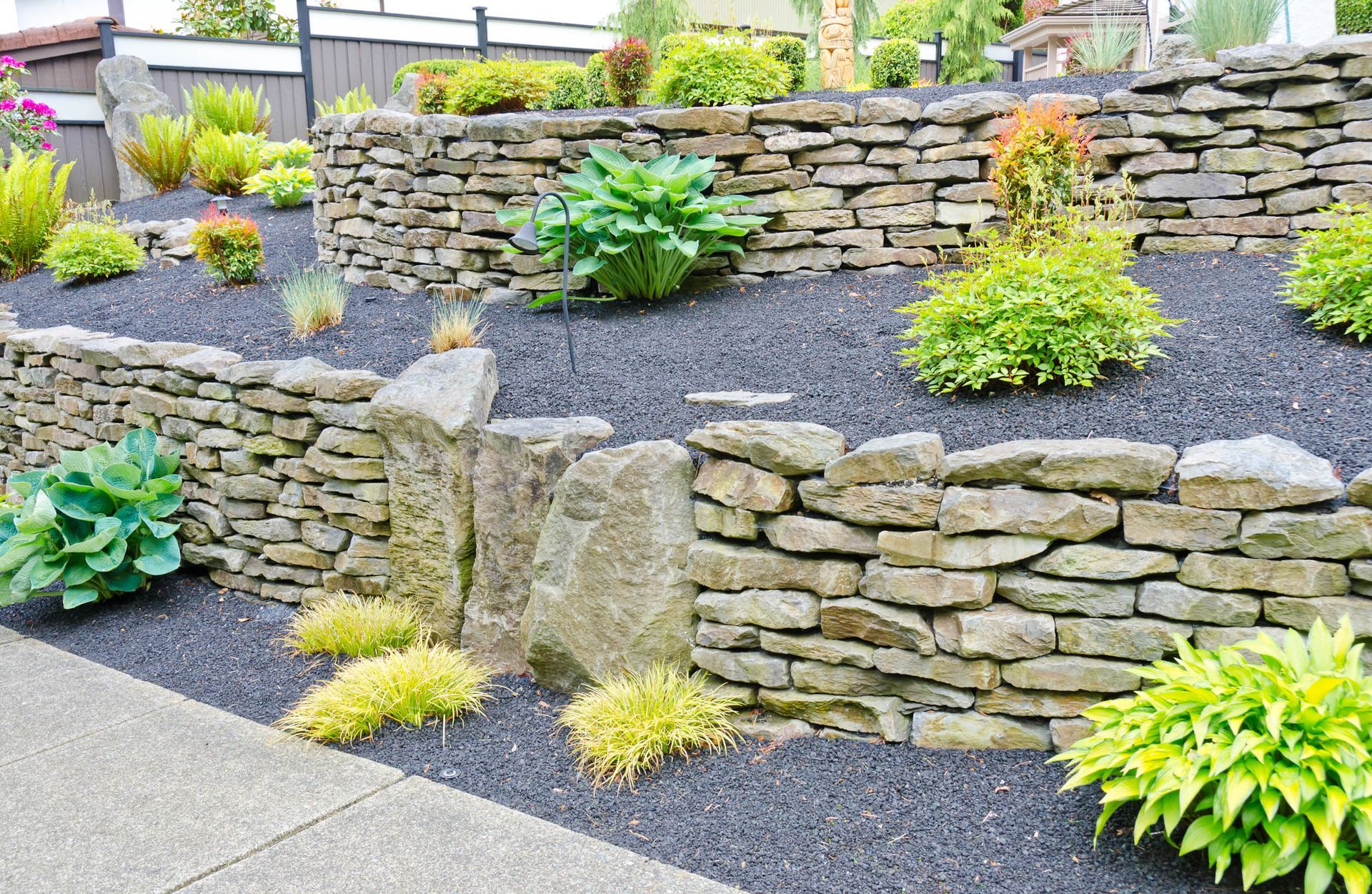10 Must-Know Secrets of Great Landscape Design
Creating a great outdoor environment in the Pacific Northwest means more than just planting flower beds or trimming hedges. It's about thoughtful landscape design that combines beauty, functionality, and long-term value while addressing the unique climate and terrain of the region. Rain, wind, rocky soils, and seasonal changes all influence what works in a yard, making careful planning critical.
1. Understand Your Site Conditions
The foundation of smart landscape design is knowing the specific characteristics of your property. In the Pacific Northwest, factors like soil type, rainfall patterns, sun exposure, and drainage play a critical role in determining which plants will thrive. Take time to note which areas stay damp after rain, which are shaded in the morning, and which receive sunlight throughout the day. This knowledge helps in placing trees, shrubs, and garden beds where they can flourish.
Sloped yards require attention to erosion and water runoff. Creating terraces or retaining walls not only controls soil movement but also opens up usable space for seating or gardening. Proper site evaluation also involves checking microclimates, such as areas that are wind-sheltered or heat-trapped, which can impact plant growth. Thoughtful consideration of these details ensures that your landscape is resilient, low-maintenance, and visually balanced.
2. Establish Clear Circulation Paths
A well-designed landscape is one that people can easily navigate. Clear circulation paths guide movement, connect functional areas, and enhance the overall flow of your outdoor space. Consider materials that are durable and slip-resistant, especially in wet climates like the Pacific Northwest. Concrete, pavers, gravel, and decomposed granite can provide long-lasting walking surfaces.
Pathways should have a logical flow, leading from entrances to patios, garden areas, and seating spaces. Curved paths often feel more natural and create visual interest, while straight lines convey a more formal look. Circulation also accounts for how you'll perform maintenance. Wide paths allow access for equipment and tools without damaging plantings. Thoughtful path planning improves both usability and safety, making the landscape accessible and enjoyable for all family members.
3. Layer Your Plantings for Depth and Interest
Layering plants creates visual richness and helps your yard feel full and lush. By combining groundcovers, perennials, shrubs, and trees, you can add dimension and texture. For instance, low-growing plants along edges can soften borders, while mid-height shrubs create focal points and taller trees frame views or provide shade.
Native plants are particularly beneficial in the Pacific Northwest because they thrive in local soil and rainfall conditions and generally require less maintenance. Seasonal variation, such as spring blooms, summer greenery, fall color, and winter texture, keeps the landscape visually appealing year-round. Layered plantings not only enhance aesthetics but also promote biodiversity, attract pollinators, and reduce long-term upkeep, contributing to a healthy and sustainable yard.
4. Integrate Hardscape to Anchor the Design
Hardscape elements such as patios, walkways, retaining walls, pergolas, and fire pits provide structure and functional spaces within a landscape. Using natural stone, brick, or weather-resistant wood can complement the home's architecture while blending with the natural surroundings.
Well-integrated hardscape defines different zones, such as dining areas, play spaces, or garden beds, creating an organized and practical layout. It also improves usability during wet conditions by providing firm surfaces that prevent soil compaction or muddy patches. Balancing hardscape with greenery ensures your outdoor space feels inviting rather than overly rigid. A strong hardscape foundation sets the tone for the entire design, allowing plants and other features to shine.
5. Focus on Accessibility and Universal Design
A great landscape should be welcoming to everyone. Wide pathways, gradual slopes, and level transitions ensure that all family members can navigate the yard safely. Raised beds, seating areas with armrests, and garden zones that are reachable without bending excessively make the outdoor space more inclusive.
Universal design principles not only improve accessibility but also enhance the overall user experience. These features allow the yard to adapt as family members age or mobility needs change, all without compromising aesthetics. A well-planned landscape ensures long-term usability and enjoyment, making outdoor living comfortable, practical, and safe for every visitor.
6. Use Lighting to Extend Usability
Outdoor lighting is essential for safety, accessibility, and ambiance. Pathway lights guide movement at night, uplights highlight trees and architectural features, and soft illumination around patios creates a cozy environment for entertaining. Lighting also adds depth, emphasizing textures, colors, and focal points within the landscape.
Multiple layers of lighting, like ambient, task, and accent, help balance functionality with visual appeal. Well-designed illumination can extend the usability of your yard into the evening, making it a space for relaxing, dining, or socializing regardless of the time. It also improves security, reducing the risk of trips and falls during low-light hours.
7. Incorporate Smart Irrigation and Maintenance-Friendly Design
A sustainable landscape combines beauty with practicality. Efficient irrigation systems, including drip lines or timed sprinklers, deliver water directly to plants while reducing waste. Selecting climate-appropriate and low-maintenance plants ensures they thrive with minimal effort.
According to the Home Improvement Research Institute, in 2024, lawn mowers represented 8% of the Lawn & Garden market in 2024, achieving a remarkable 15% increase in sales compared to the previous year. This highlights the growing homeowner investment in outdoor maintenance and landscaping tools. By incorporating smart irrigation and designing for low upkeep, your landscape can remain lush, healthy, and vibrant while reducing ongoing maintenance burdens.
8. Create Zones for Function and Relaxation
Dividing the yard into zones improves functionality and visual appeal. Separate areas for dining, relaxing, gardening, playing, or entertaining create a sense of order and purpose. Visual cues, such as plantings, low walls, or changes in ground material, can define these zones subtly without disrupting flow.
Thoughtful zoning allows multiple activities to coexist while maintaining harmony. A quiet nook for reading, a shaded dining area, and an open lawn for games can coexist seamlessly, enhancing the versatility of the yard. This multi-use approach ensures that the landscape is both beautiful and practical.
9. Choose Finishes That Complement Your Home and Landscape
Materials like paving, mulch, stone, and edging help unify a landscape. Selecting finishes that withstand local weather conditions, such as rain, snow, and temperature fluctuations, ensures durability. Harmonizing colors and textures with the home's exterior and surrounding natural scenery creates visual cohesion.
In addition to aesthetics, materials impact usability. Smooth, level surfaces improve accessibility, while high-quality mulch or stone reduces erosion and plant stress. Well-chosen finishes integrate seamlessly into the overall landscape design, supporting both beauty and function.
10. Plan for Growth and Adaptability
Landscapes are living systems that evolve over time. Trees mature, shrubs spread, and family needs change. Planning for flexibility allows pathways, seating, and planting beds to adapt as required. Consider future-proofing areas for additional seating, play equipment, or garden expansions.
By anticipating growth and changes, you can ensure the yard remains functional, beautiful, and safe for years to come. Adaptable landscape design preserves investment while enhancing long-term usability and aesthetic appeal, making it a practical approach for any homeowner.
Applying these ten must-know secrets of landscape design allows homeowners in the Pacific Northwest to create outdoor spaces that are beautiful, functional, accessible, and sustainable. From layered plantings and smart hardscapes to well-planned lighting and maintenance-friendly features, every element contributes to a cohesive, inviting, and versatile yard. Transform your yard into a welcoming, accessible, and stunning outdoor space. Contact Mt. Baker Landscaping today to schedule a consultation and bring your landscape design vision to life.





Share On: